In an era where sustainable energy solutions are getting more important by the day, solar power offers a great opportunity for municipalities seeking cleaner energy sources. Solar technology not only helps to reduce utility expenses but also aligns with the growing global commitment to renewable energy. This article explores the importance of solar energy for municipalities, highlights successful solar initiatives across Europe, and showcases PLATIO’s innovative solar paver as an ideal solution for urban development projects.
Why is Solar Energy Important for Municipalities?
Solar power offers numerous benefits that resonate with municipalities’ sustainability goals and energy needs. Here are some key reasons why embracing solar energy is crucial:
- Energy Independence: Solar energy provides communities with a reliable and sustainable source of electricity. It helps reducing their dependence on centralized power grids. This energy independence enhances resilience and self-sufficiency, especially for communities not connected to the main grid.
- Stimulating Local Economies: Solar energy projects create jobs and stimulate local economic development, particularly in areas with limited opportunities. Community-owned solar initiatives can also generate revenue, benefiting the community at large.
- Environmental Goals: As European cities strive to achieve carbon neutrality by 2050, solar energy plays a pivotal role in reducing carbon emissions. Solar power reduces the release of harmful pollutants, which results in cleaner air and water, and improved overall public health.
Solar energy is indeed a powerful tool for community empowerment. Enabling municipalities to take control of their energy needs and work toward a sustainable future.
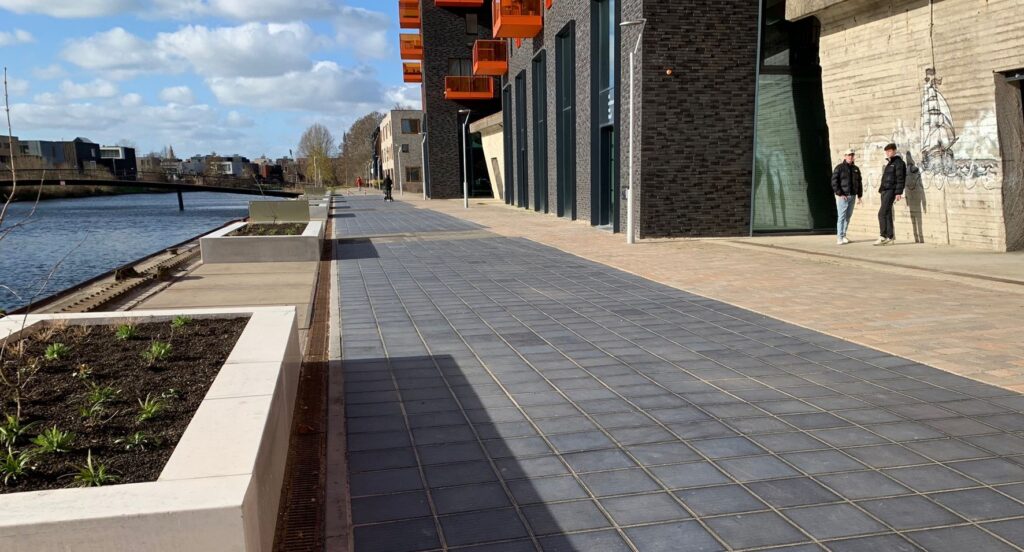
Successful Solar Incentives across Europe
Cities across Europe are leading the charge in adopting solar energy solutions to combat climate change and promote cleaner energy systems. Examples of successful solar initiatives include:
– SolarClick in Brussels: This program focuses on increasing solar panel installations on government buildings to support the region’s climate goals. Brussels aims to reduce greenhouse gas emissions by 30% by 2025.
– Amsterdam’s Flexpower: Amsterdam launched the Flexpower initiative to create the largest smart charging network for electric vehicles. The initiative maximizes renewable energy use and improves grid efficiency.
– Building Integrated Photovoltaics (BIPV): BIPV systems, such as solar tiles and solar facades, are revolutionizing urban design by incorporating solar panels directly into building materials. These systems enhance aesthetics and contribute to sustainable architecture.
A new generation of BIPV products is the solar pavement. It is a new product category in the photovoltaic sector: PLATIO is a walkable, green paving solution with an in-built solar panel. It harnesses the power of the sun, converts it to solar energy that we use to power buildings and devices. But what truly sets PLATIO apart is being a double-green building material. Not only does it generate clean energy, but also recycles plastic as its frame is made of hard- to recycle plastic waste.
Installation Areas for PLATIO
PLATIO offers an innovative, space-saving solar energy source. The PLATIO solar pavement is suitable for several sunlit surfaces.
Installation areas for municipalities include:
– Historical Buildings: PLATIO can be installed on historical structures where traditional solar panels cannot be deployed to preserve the building.
– Design Buildings: PLATIO complements modern architectural designs, and ensures that aesthetics are not compromised.
– Windy Locations: PLATIO’s robust design makes it suitable for windy or tornado-prone areas, ensuring durability and longevity.
– Designated Areas: PLATIO can be placed in landscape protection zones and other designated urban locations, promoting a sustainable environment.
PLATIO solar pavers are crafted from recycled plastics, glass, and other waste materials, making them a double-green building material. Their durability and resistance to load, scratches, and weather make them an ideal choice for urban development projects.
PLATIO Solar in Previous Municipal Projects
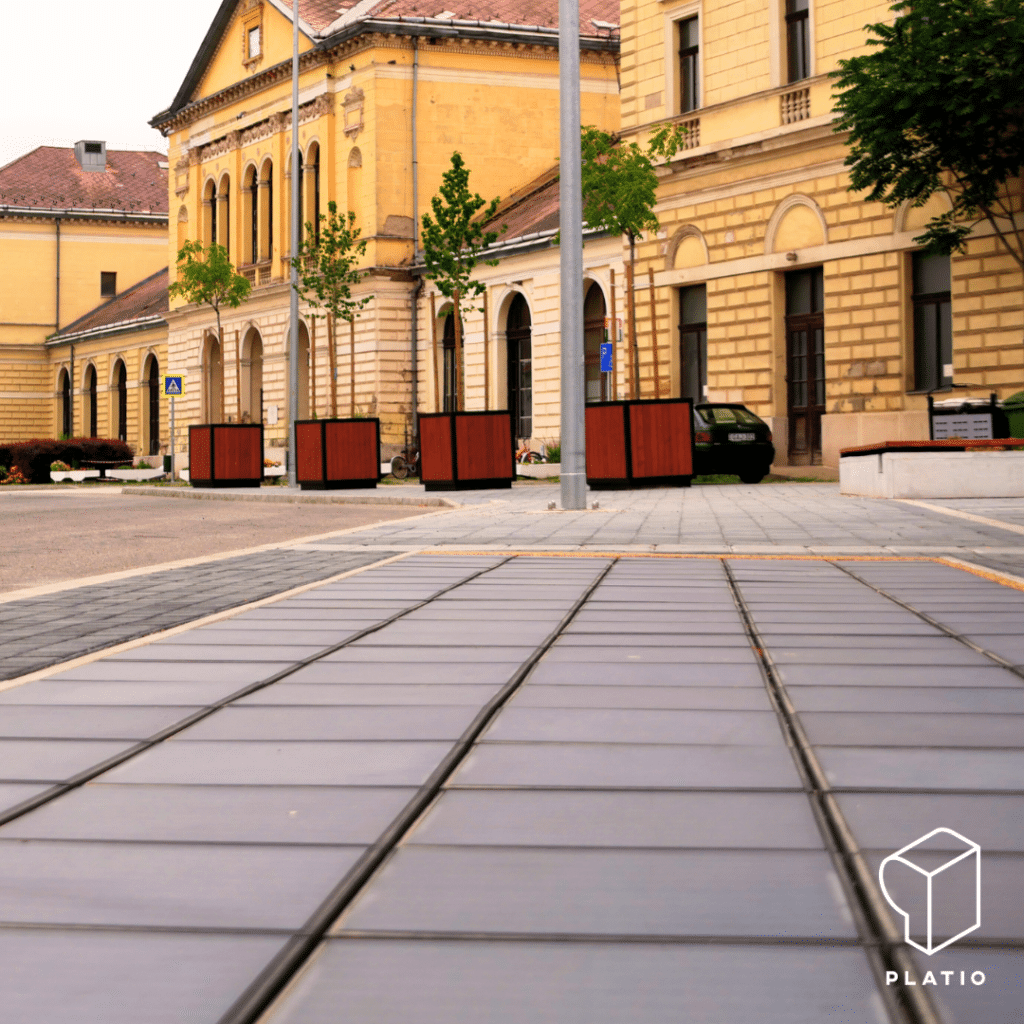
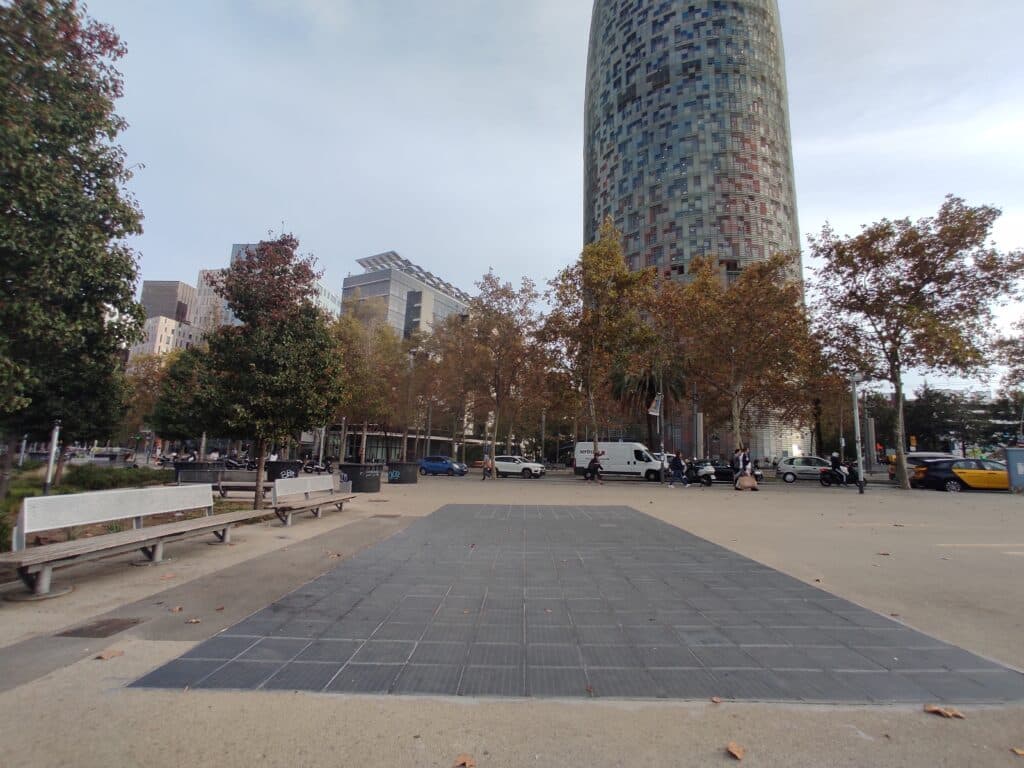
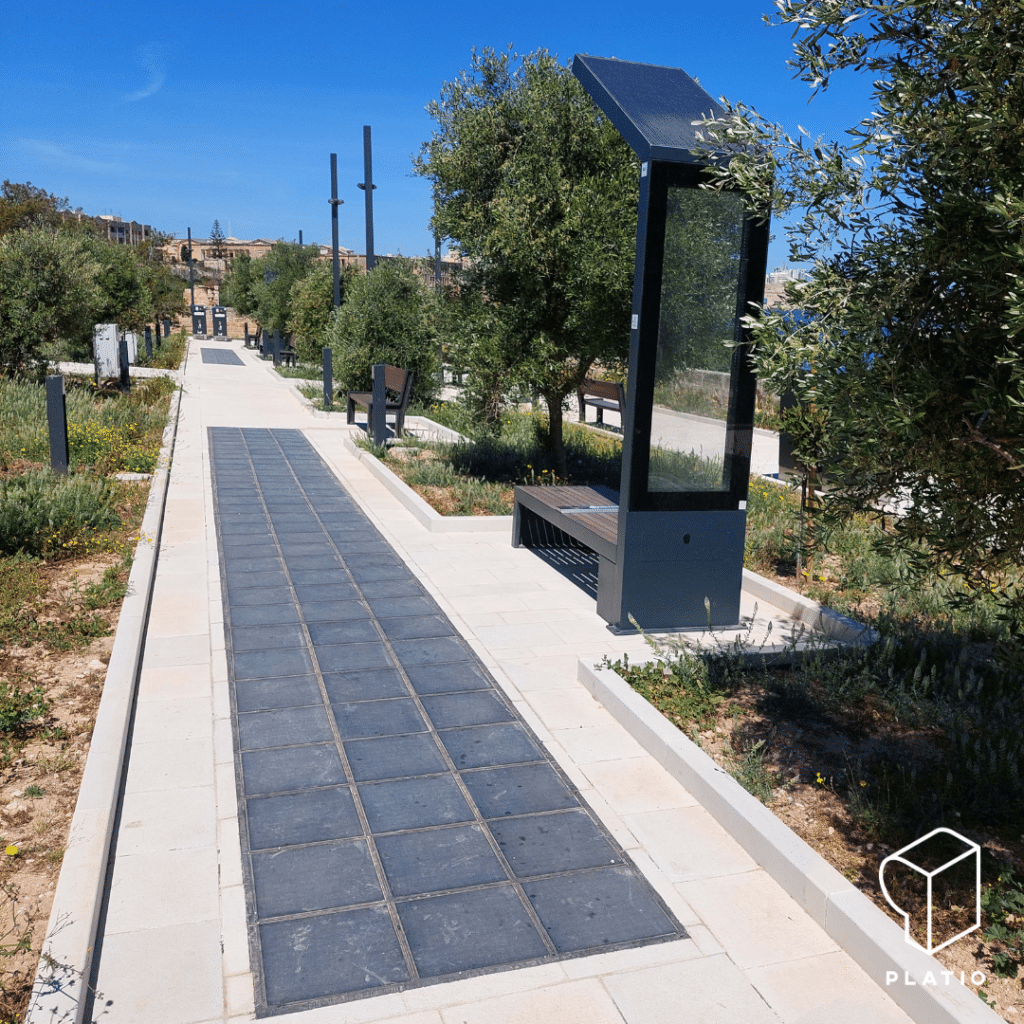
- Füzesabony, Hungary: One of the recent installations that showcased the versatility of PLATIO took place in Füzesabony, Hungary. Here, PLATIO solar systems support the town’s energy efficiency initiatives. A total of 125 and 105 pieces of PLATIO solar pavement now complement the walkways. The solar pavement lies around a bus stop located at the heart of the town. The on-grid system supplies clean energy to power the building’s air conditioning system, ensuring comfortable conditions for waiting commuters. Moreover, an off-grid solar PV system consisting of 105 PLATIO solar pavers provide solar power to smart benches, allowing the community to charge their phones.
- Barcelona, Spain: In 2021, the Barcelona City Council embarked on a noteworthy project by commissioning the installation of PLATIO solar pavement in Glòries Park. This installation plays a pivotal role in powering an electric bike charging station, aligning with Barcelona’s ambitious goal of achieving carbon neutrality. Covering an impressive area of 56 square meters, PLATIO’s off-grid solution supports the city’s eco-friendly aspirations and contributes to reducing its carbon footprint.
- Malta: The picturesque Malta inaugurated the first-ever carbon-neutral park, the Rhinella Kalkara Garden. What makes this park truly unique is its complete reliance on renewable energy sources, a feat made possible in part by PLATIO solar pavement. Taking up 25 square meters, PLATIO’s solar pavers generate electricity for the park’s lighting and irrigation systems, enhancing its sustainability. The Eco project, a collaborative effort between the local municipality, the Ministry of Environment of Malta, and Alternative Energies Ltd., exemplifies the impactful role PLATIO plays in shaping greener urban landscapes.
Combined solar solution: Micromobility station
- Smart City Hub: The Smart City Hub represents a concept that encapsulates the vision of smart cities through collaboration between three innovative Hungarian companies. Within this innovative micro-mobility station, PLATIO solar pavement takes stage by providing local, clean energy. Coupled with the Rollin Docking EV charging station that powers e-scooters and Kuube’s smart IoT solutions, this hub ensures organized, efficient, and eco-friendly e-scooter storage and charging. Furthermore, it offers a range of smart functions and conveniences for users, including Wi-Fi hotspots and phone charging, making it a valuable addition to any aspiring smart city.
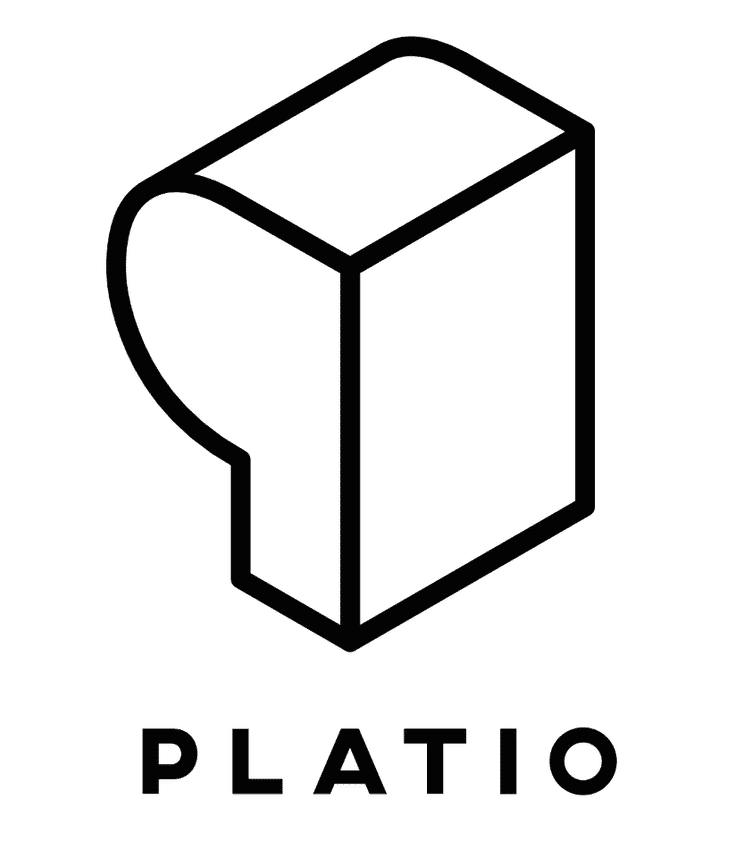
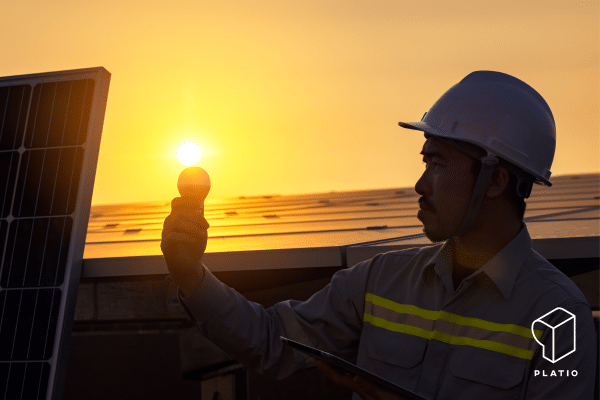
Recent Comments